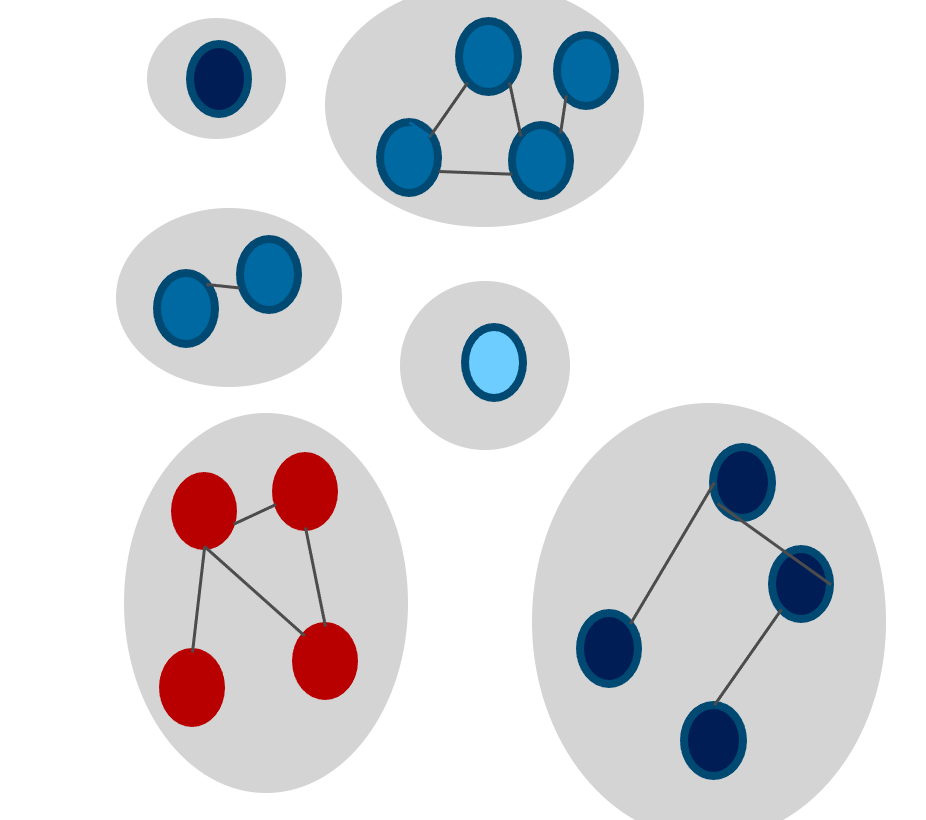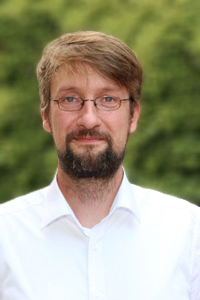Fast Multi-source Entity Resolution System (FAMER)
Title: Fast Multi-source Entity Resolution system (FAMER)
Research Area: Data Quality and Data Integration
FAMER (Fast Multi-source Entity Resolution system) is a scalable framework for distributed multi-source entity resolution. It can construct similarity graphs for entities of multiple sources based on different linking schemes; existing links from the Web of Data could also be used to build the similarity graph. FAMER also provides several entity clustering schemes. They use the similarity graph to determine groups of matching entities aiming at maximizing the similarity between entities within a cluster and minimizing the similarity between entities of different clusters. Moreover, FAMER is able to repair clusters, e.g. that are overlapping and/or source-inconsistent.
FAMER is also able to perform the incremental matching process. The approach uses a so-called clustered similarity graph, i.e., a similarity graph reflecting already determined clusters. The input of the workflow is a stream of new entities from existing sources or from a new source plus the already determined clustered similarity graph from previous iterations. The incremental Linking and Clustering/Repairing part supports two general approaches for integrating the group of new entities into clusters. In the base (non-repairing) approach the new entities are either added to a similar existing cluster or they form a new cluster. A more sophisticated approach is able to repair existing clusters to achieve a better cluster assignment for new entities by reclustering a portion of the existing clustered graph. The output of incremental clustering is a fully clustered graph. The clusters can optionally be fused in the Fusion component so that all entities are represented by a single entity called cluster representative.
FAMER is implemented using Apache Flink™ so that the calculation of similarity graphs and the clustering approaches can be executed in parallel on clusters of variable size. We have also developed a visualization tool, SIMG-Viz to visually analyze the similarity graphs and clusters determined by FAMER.

Aims
- Efficient parallel execution of match workflows in the cloud
- Efficient application of clustering schemes for entity matching
- Efficient methods for entity matching repairing
- Efficient parallel execution for incremental linking and clustering.
Team
- Dr. Alieh Saeedi
- Stefan Lerm
- Matthias Täschner
- Daniel Obraczka
- Moritz Wilke
- Abdalrahman Alkamel
- M. Ali Rostami
- Volodymyr Moroz
- Dr. Eric Peukert
- Prof. Dr. Erhard Rahm
Publications
- Saeedi, A. ; David, L. ; Rahm, E., MATCHING ENTITIES FROM MULTIPLE SOURCES WITH HIERARCHICAL AGGLOMERATIVE CLUSTERING, KEOD 2021
- Lerm, S. ; Saeedi, A. ; Rahm, E., EXTENDED AFFINITY PROPAGATION CLUSTERING FOR MULTI-SOURCE ENTITY RESOLUTION, BTW 2021
- Saeedi, A., CLUSTERING APPROACHES FOR MULTI-SOURCE ENTITY RESOLUTION, Dissertation, Universität Leipzig
- Saeedi, A. ; Peukert, E. ; Rahm, E., INCREMENTAL MULTI-SOURCE ENTITY RESOLUTION FOR KNOWLEDGE GRAPH COMPLETION, Proc. ESWC
- Saeedi, A. ; Nentwig, M. ; Peukert, E. ; Rahm, E., SCALABLE MATCHING AND CLUSTERING OF ENTITIES WITH FAMER, Complex Systems Informatics and Modeling Quarterly (CSIMQ), Issue 16, Sep./Oct. 2018, pp 61–83
- Saeedi, A. ; Peukert, E. ; Rahm, E., USING LINK FEATURES FOR ENTITY CLUSTERING IN KNOWLEDGE GRAPHS, Proc. ESWC 2018 (Best research paper award)
- Rostami, M. ; Saeedi, A. ; Peukert, E. ; Rahm, E., INTERACTIVE VISUALIZATION OF LARGE SIMILARITY GRAPHS AND ENTITY RESOLUTION CLUSTERS, Proc. EDBT 2018



